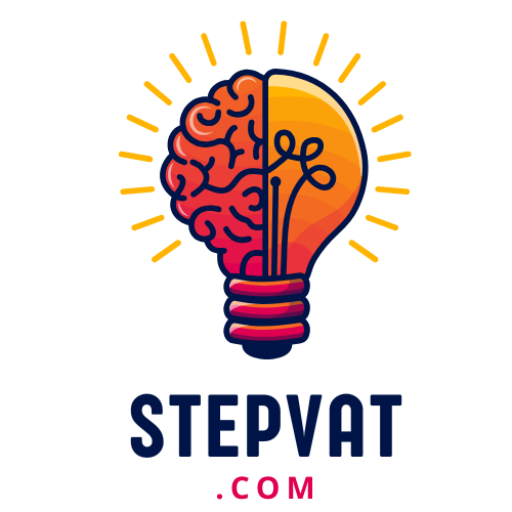Anúncios
Wondering how to stand out when remote roles, phone screens, and ATS filters rule hiring?
You’ll get practical, modern guidance that fits real hiring behavior today. The guide covers mapping the right titles, crafting resumes that pass applicant tracking systems, and preparing phone-screen answers that make an interviewer want more.
You’ll also learn to spot scams, write concise thank-you notes, and explain career gaps in a constructive way. Use small, repeatable actions to keep momentum during a long search.
Keep advice flexible: adapt these ideas to your situation and consult qualified professionals for financial, legal, or tax questions tied to your move. This intro gives clear, friendly steps so you can build a tailored plan and move forward with confidence.
Introduction: Job Openings tips for a fast-changing 2025 market
job search today starts with a few fast signals: a screened resume, a short call, and clear keywords.
Why the hiring process feels different now: Employers use automated scans and brief phone checks to narrow applicants quickly. That means early impressions—your resume headline, profile keywords, and opening remarks—matter more than ever.
How to use this guide: Treat this as practical, general education you can act on. Focus on steps you control: sharpen keywords, tailor your resume, and rehearse concise stories for common questions. Do light research on each company so your materials speak to what they need.
- Remote and hybrid work choices change how you present teamwork and time-zone flexibility.
- Phone screens act as the first live checkpoint—set your space and confirmations in advance.
- ATS filters reward clean formatting and matched core terms, not keyword stuffing.
- Keep expectations realistic and build routines that preserve energy during a long search.
What’s next: Use these ideas to target roles, present clear value, and move through each stage with focus and confidence.
Job Openings tips: target the right roles and avoid time-wasters
Pinpoint the exact titles and phrases hiring teams use before you hit apply. Start by scanning live postings to map title variants like “Customer Success Manager,” “Client Success Manager,” or “Account Manager, Post-Sales.”
Build a target list of three to five titles and level ranges. Filter your search by must-haves and nice-to-haves so you skip roles that waste your time.

Use high-impact keywords from reliable lists to align your profile with recruiter queries. Mirror core terms in your summary, experience bullets, and skills without stuffing.
- Screen postings quickly for scam signals: requests for payment, odd messaging apps, or missing standard steps.
- Verify the employer via their website, LinkedIn, and employee profiles before you apply.
- Note vague listings and use early conversations to clarify pay, scope, and reporting lines.
Track applications in a simple sheet with title, link, contact, and status. Block weekly time for targeted search and outreach so you keep momentum and protect energy during a long career hunt.
Make your resume and profile stand out in real recruiter reviews
Focus on a clean format and sharp messaging so your materials pass screens and impress humans.
Optimize for ATS and human readers
Use a single-column layout with standard headers (Summary, Experience, Education, Skills). Keep fonts common and avoid images or text boxes that break parsing.
Put a clear headline and a short summary that names the job you want, lists core strengths, and shows one line of impact.
- Lead with measurable achievements: “Reduced onboarding time by 35%.”
- Match five to eight core keywords from the posting across skills and bullets.
- Keep LinkedIn consistent with your resume headline and summary.
If you have a gap, list constructive activities—courses, freelance work, volunteering, or consulting—and describe outcomes in one or two honest lines.
Export a PDF when allowed but keep a .docx ready. Proofread dates and titles so a quick recruiter skim finds clean, consistent facts.
Nail the interview process from phone screen to follow-up
Treat the interview stage as a sequence of clear, repeatable steps you can practice and improve. Start by treating the phone screen as a real meeting: confirm time, device, and the interviewer’s name in advance.
Prepare for the first phone screen like a pro
Find a quiet spot, keep your resume and the posting visible, and have a short script for your 30–45 second “walk me through your background” and “why this job” answers.
Answer common interview questions with specific examples
Build three to five STAR stories (Situation, Task, Action, Result) that map to key competencies. Use concrete numbers and outcomes when possible.
Practice answers for strengths, weaknesses, conflict, and accomplishments so you stay concise and avoid rambling. If you need a moment, pause, structure your thought, then answer.
Ask smart questions and close strong with thank-you notes
Prepare a short list of role-focused questions about success metrics, team norms, and the first 90 days. Close the call by recapping your fit in one sentence and asking about next steps.
- Send a tailored thank-you within 24 hours.
- When multiple interviewers join, send separate notes referencing specifics you discussed.
- Track feedback and refine your stories, resume keywords, and approach after each round.
Conclusion
, Close the loop with small, repeatable steps. Turn the advice here into a weekly routine. Track what works, drop what does not, and refine your approach as you learn.
Practical next moves: focus on your job search by updating your title map, keywords, and company list each week. Keep your resume tight and your interview stories ready. Stay steady and patient; progress often comes in small wins.
Use trusted resources to practice and polish communication. When a decision involves finances, taxes, or contracts, consult qualified professionals such as financial advisors, accountants, or lawyers. This guide is educational—adapt it to your goals and context without expecting guaranteed outcomes.



